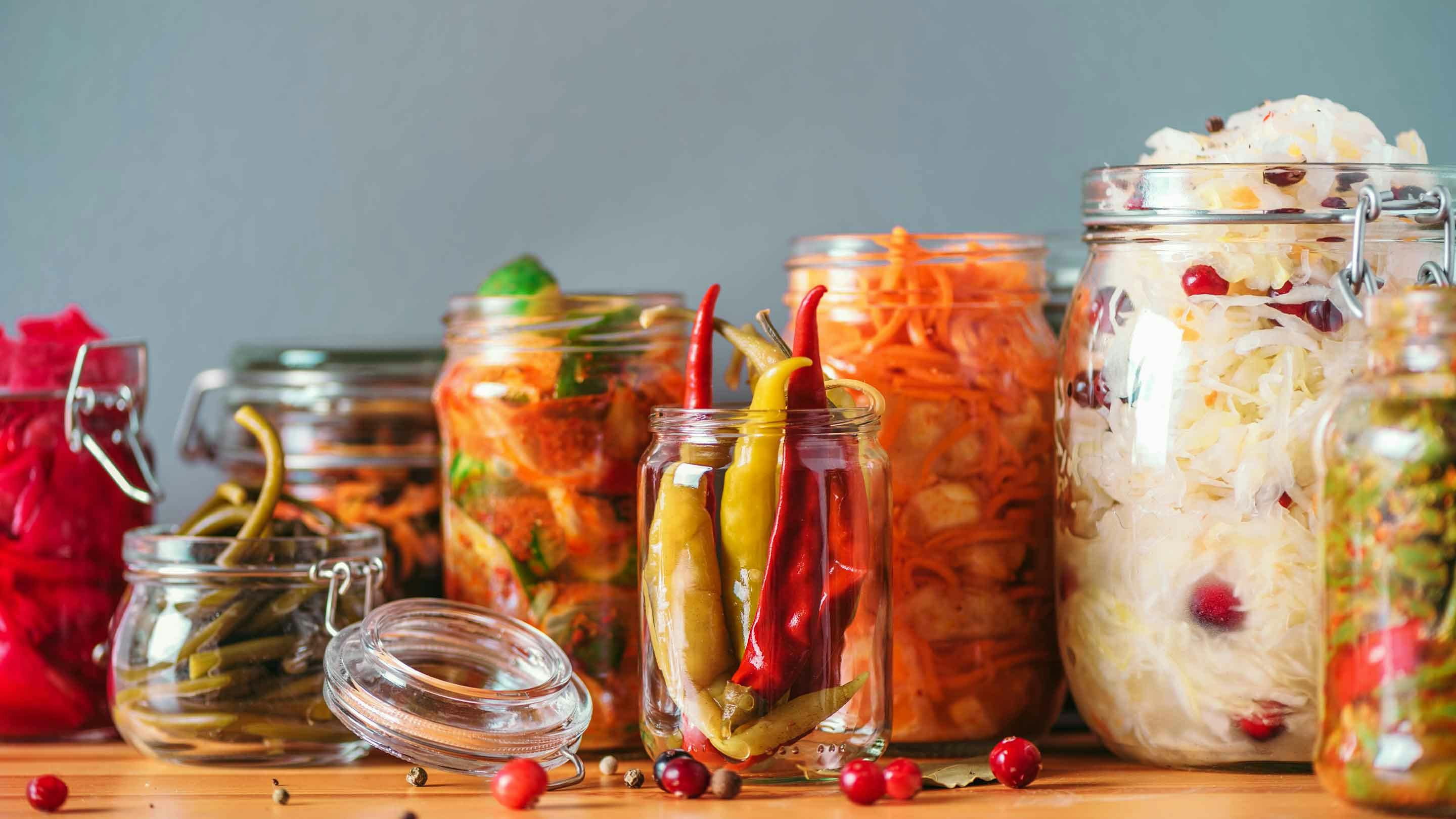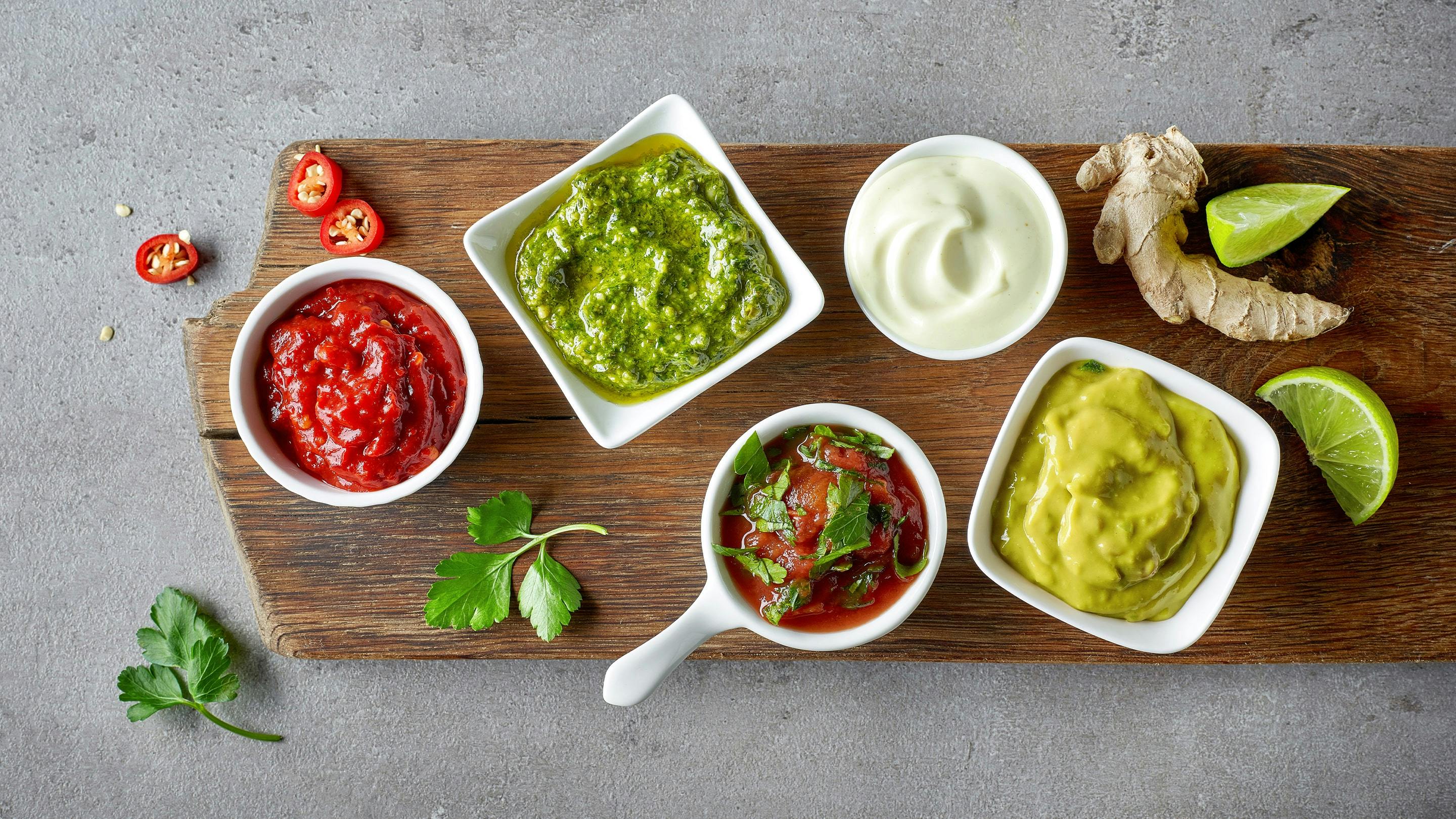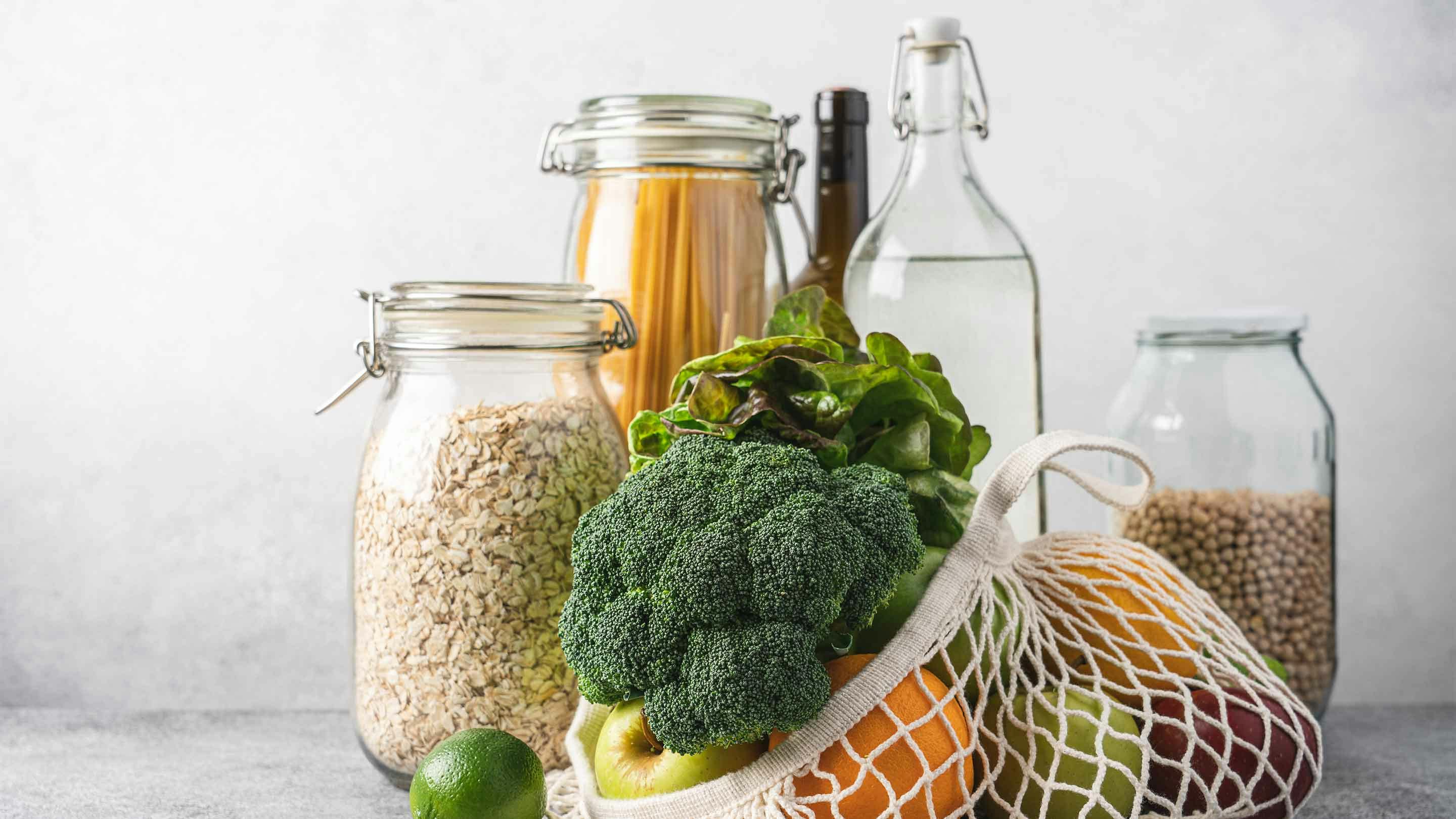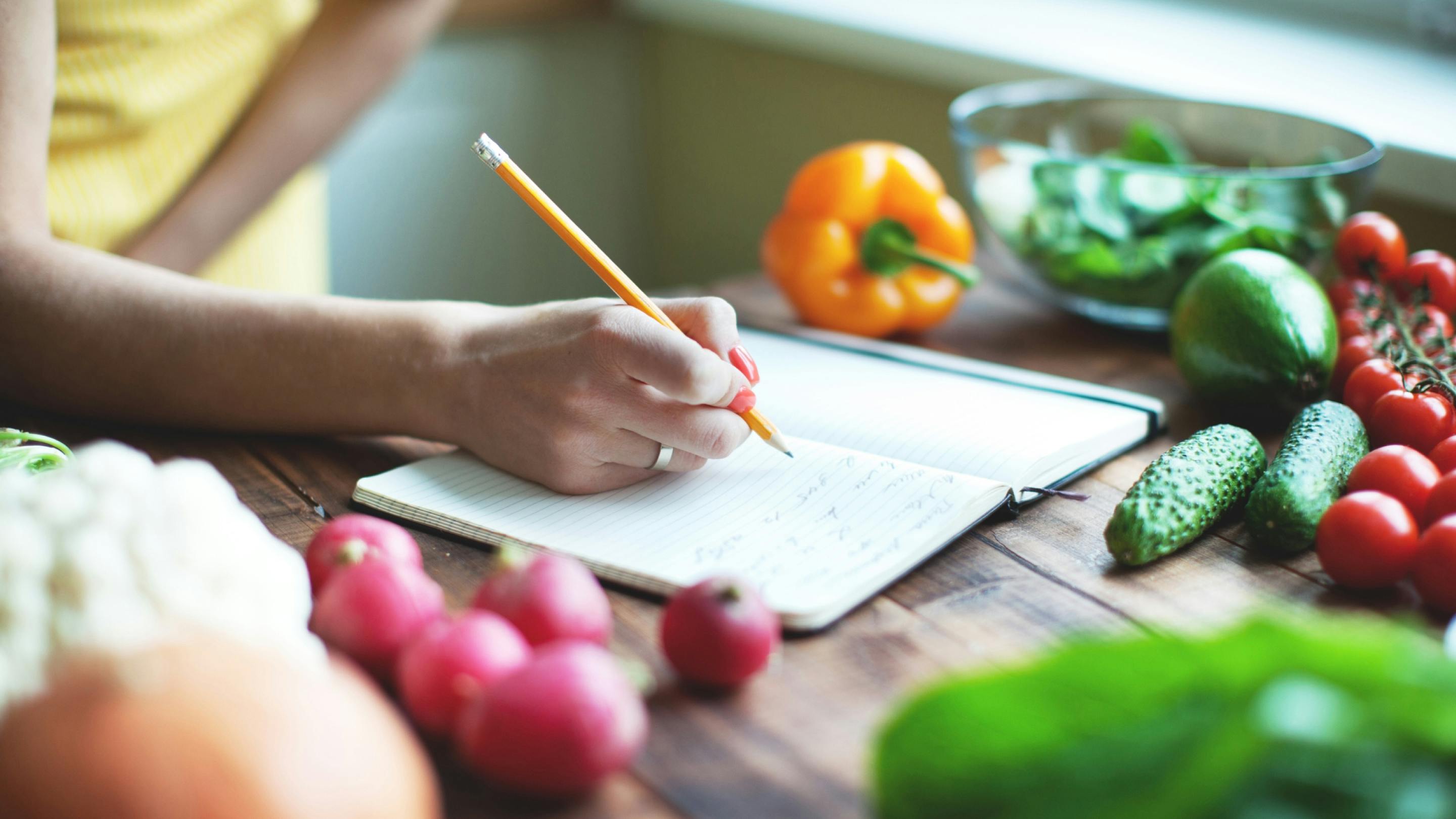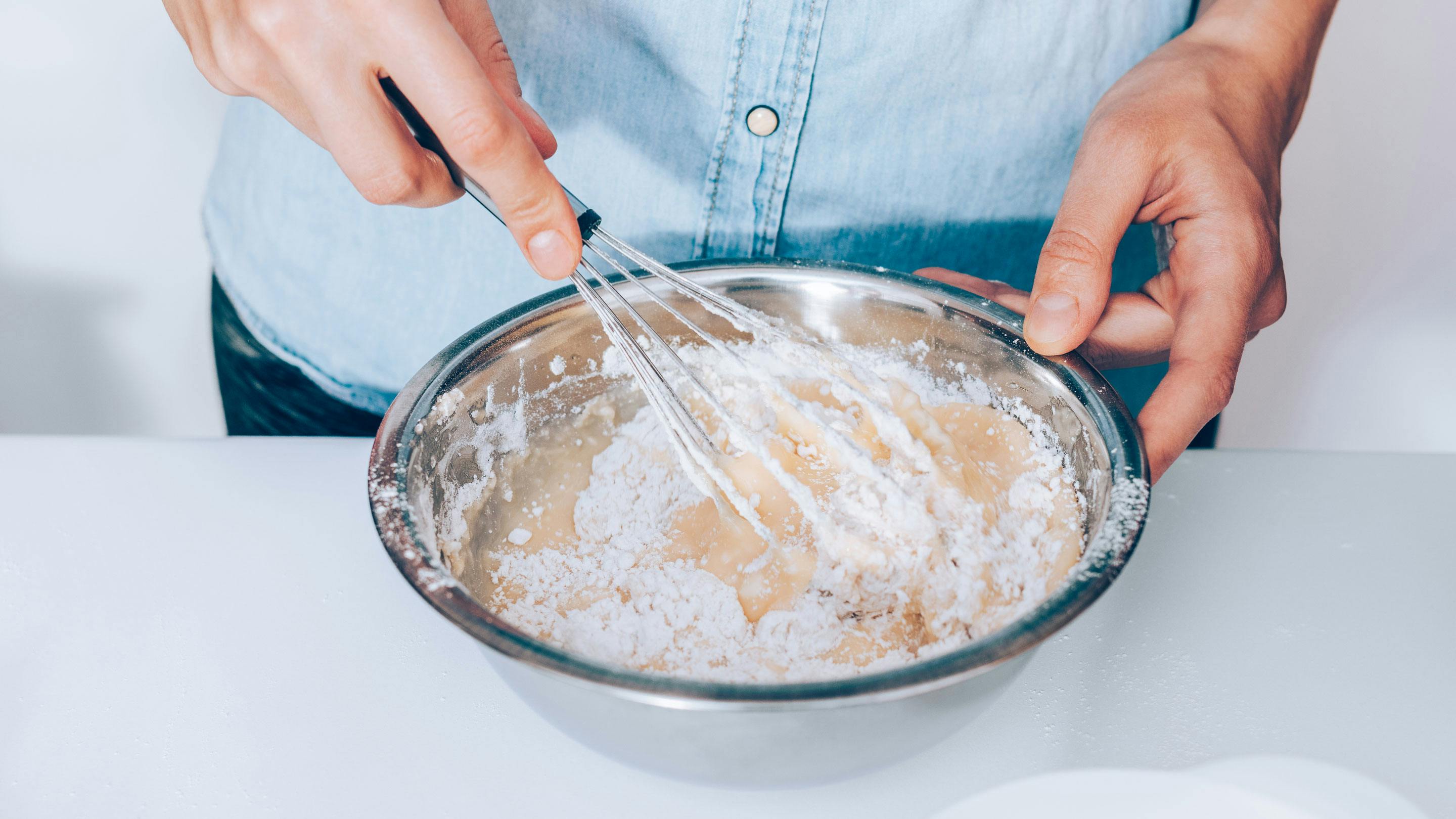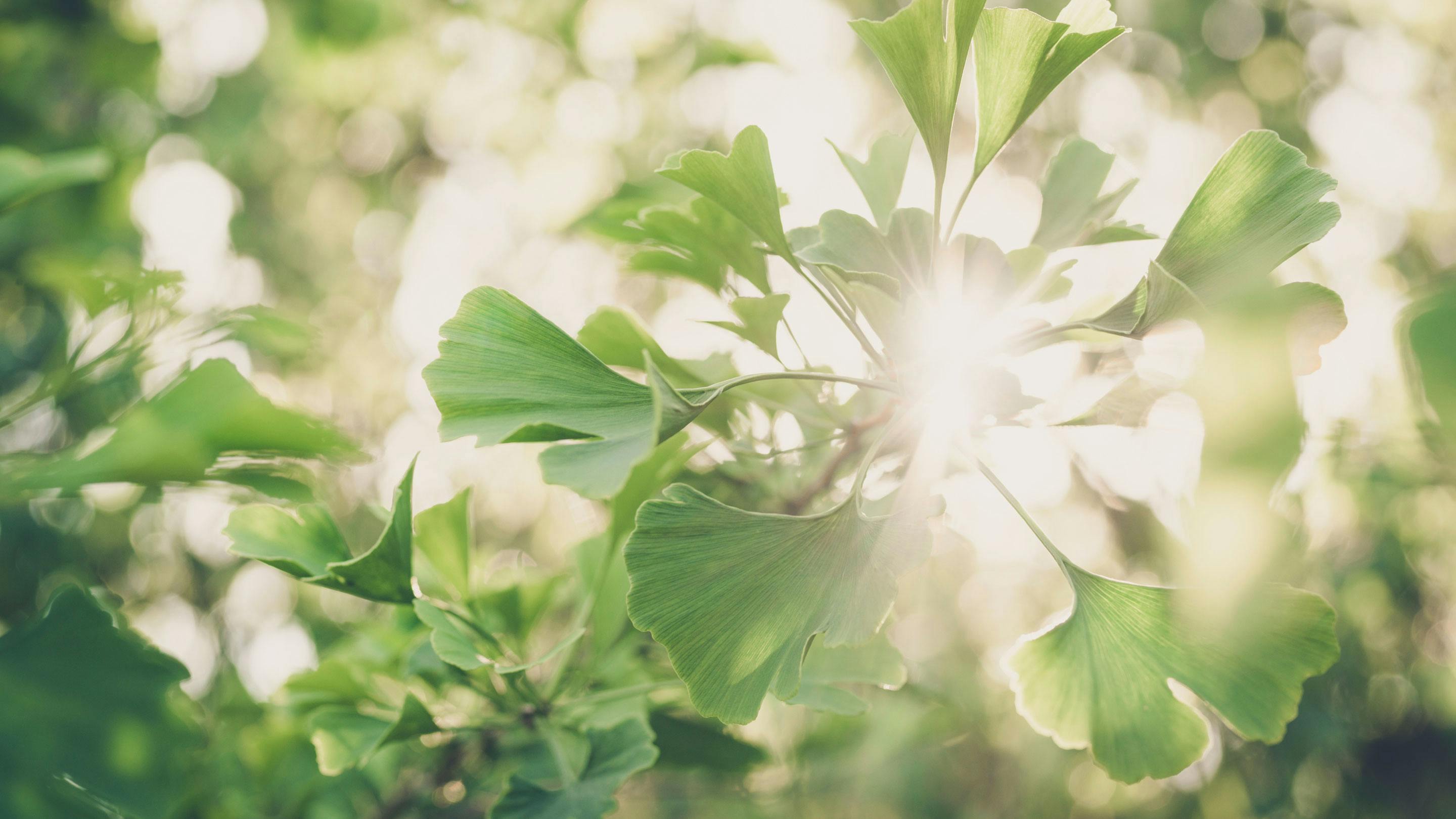If you have your own garden, you probably know this: all fruits are ready to harvest at the same time. Despite freshly cooked vegetable dishes, there is still a lot left over. Where to put all the treasures? Here are three ways you can preserve vegetables for later.
Harvest now – enjoy later
In the warm half of the year, right into autumn, we enjoy a variety of local varieties in this country. Tomatoes follow kohlrabi, peppers, and cucumbers before the pumpkin season begins. You may also know the term zucchini glut: zucchini plants are particularly productive. Here’s how to get the delicacies ready for the pantry, like our grandmothers did:
1. Fermentation with salt
This is the oldest known method of preserving. You immerse your vegetables in brine, which imparts a distinctive, complex taste (also known as umami). Although the term “fermenting” may not be widely recognized, each of us is familiar with at least two fermented foods in everyday life: yogurt and sauerkraut are produced using this technique. Black tea also consists of fermented tea leaves.

It's all about the proportions
For one litre of water, use 20–30 grams of non-iodized salt to kickstart the fermentation. Solid vegetables like cabbage, carrots, pumpkin, and zucchini work particularly well. Place them in clean containers, add herbs of your choice, such as thyme or parsley, and then pour in the brine until everything is covered.
Now, lactic acid bacteria start their work. They break down the sugar present in the vegetables, and fermentation begins. After two to three weeks, they have completed their action. The fermentation can be stopped by placing the jars in a cool place for storage.
2. Marinate in vinegar
Alternatively, vegetables can be preserved in a vinegar solution, as vinegar has a preservative effect. Watery varieties like cucumbers, pumpkin, radishes, or onions work particularly well for this method. The treasures pickled in vinegar taste wonderful as a snack or as a topping for savoury dishes.
A bath of spices
The brine is prepared with a base of two parts water and one part vinegar with at least 5% acidity. Depending on the recipe, sugar or honey is added as a sweetener, along with a generous amount of pickling spices for a savoury flavour. Mustard seeds, bay leaves, or dill work well, and sweet spices like cloves or cinnamon are worth trying. Pour the hot brine into the jars where you’ve placed the portioned vegetables. Ideally, the vegetables should be pre-cooked to a crisp-tender consistency.
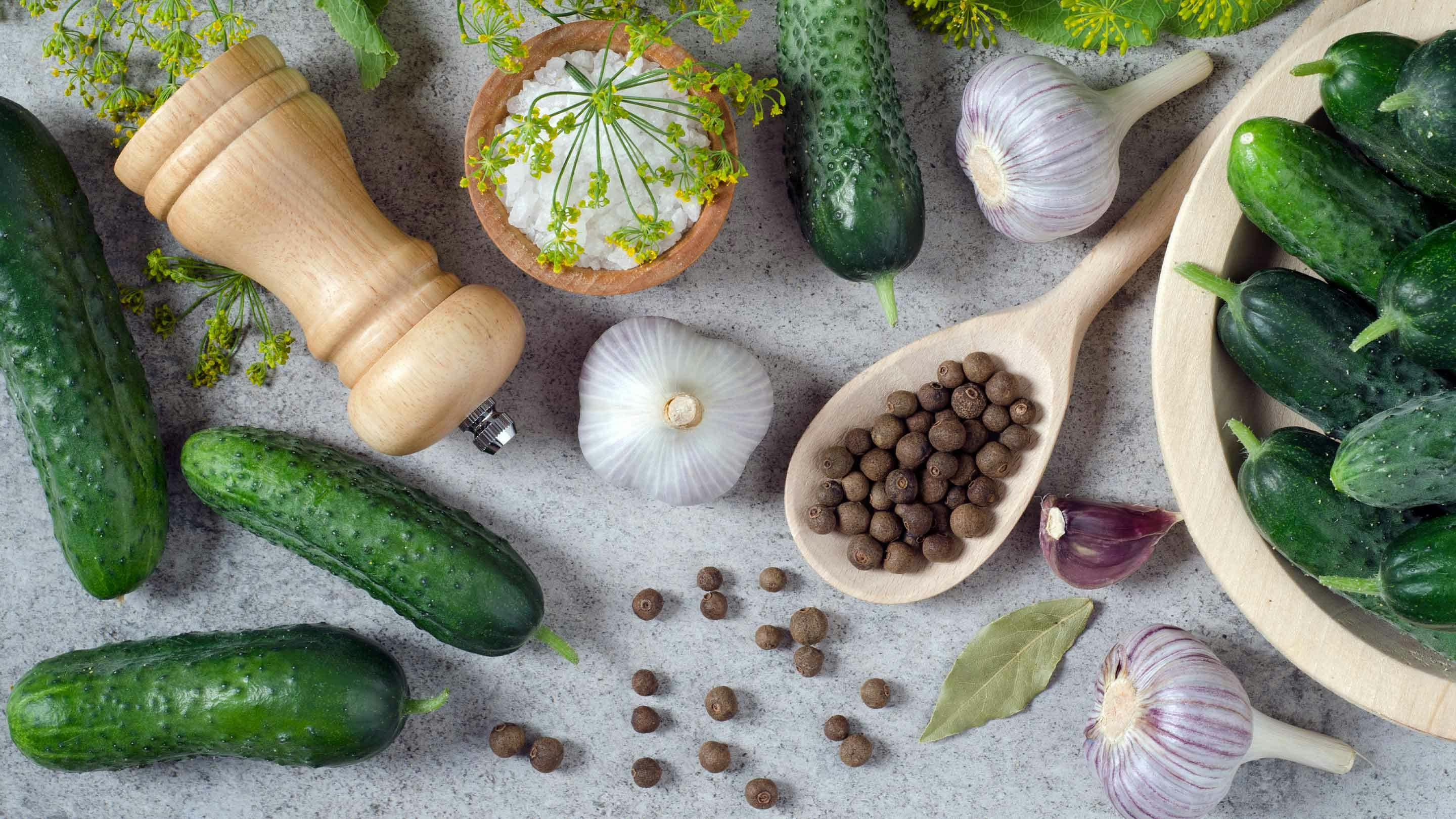
3. Preserve in jars
If you have already processed your vegetables into soup, sauce, stew, etc., you can store them in jars for later enjoyment. However, it is not sufficient to simply fill and seal the jars airtight. This method works only if there is enough sugar or acidity to ensure preservation. The jars must be further processed by water bath canning. This is done in an oven with a water bath several centimetres deep. Ingredients for seasoning and thickening, such as cream and flour, are not processed with the canning but are added during reheating. For fans of canning, there are also devices called canning machines.
How to make the jars sterile
In all canning and pickling methods, sterile jars are crucial. You can sterilize your jars either for a few minutes in boiling water or in the oven at a minimum of 120-130 degrees Celsius. Also, pour boiling hot water over the lids and rubber seals to kill any germs.
By preserving food, you have access to vitamin-rich meals even in the cold season. You don’t necessarily need your own harvest for pickling and canning. It’s also enjoyable to experiment with pickled and canned recipes using fresh vegetables from the market!
Spice up the web! Share this article on...
Read more
Currently Viewing: 1 of

